10 types of prototypes
10 types of prototypes
10 types of prototypes
Sunny Haladker
Co-founder
Co-founder
5 Min ago
5 Min ago
12 Aug 2024
12 Aug 2024
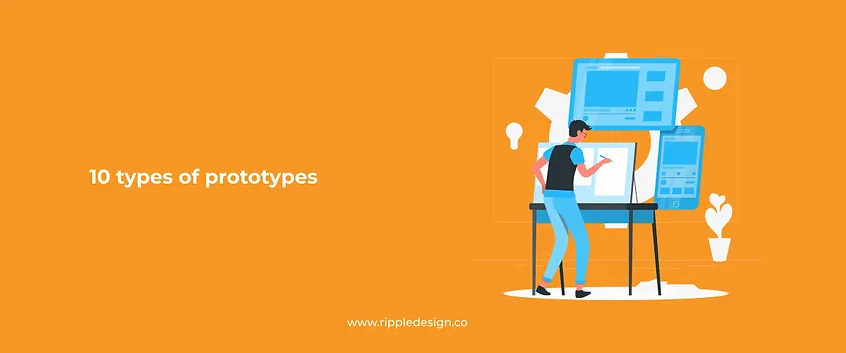



n the prototyping stage of design thinking, we try to explore the problem we have identified and ideated on. We create a sample to test a concept or a process to evaluate the accuracy of the assumptions made in the design process. It is a tangible, visual representation of the solutions discussed during the design process that considers everything.
This allows the design team to see everything visually in a simple mock-up and allows us to test it with users in real-time and evaluate every aspect of the concept or solution. Looking at the mockup always inspires and turns on the neuron centers to get more ideas flowing. It is the step between formalization and evolution of an idea.
It also helps the designers to check if the concept or process is meeting the needs and creating the feelings in humans that it is being designed for. The designs can fail in this stage and could need iterations for which the designers will have to revisit the previous steps and collect more data and ideate further.
Low Fidelity
These are quick and easy prototypes, made in the simplest way possible and gives a huge insight into your concept. They are mainly made to test functionality over its visuals. They are made with only some elements of the final visuals to have a basic structure and the key elements. They are very inexpensive, fast, collaborative, and clarifying. There is a certain amount of uncertainty during testing and limited interactivity.
Paper Prototypes
Paper prototypes are the simplest and one of the easiest ways to make a prototype. They are mostly throwaway prototypes and are used to make a more human-centered design. They are created by making rough diagrams and sketching and can be made three dimensional by using multiple papers, and they save a lot of time and money.
Comps/Comprehensives
Comps are prototypes made to check printed material. It can be to check packaging designs, layouts, font sizes, visibility, distance, and design in general. Packaging can sometimes be tricky and it’s important to make prototype tests to ensure all the dimensions are right and the result is exactly what we aimed to make.
Wireframes
Wireframes are mostly made by UX designers. It is a two-dimensional skeleton sketch where the outside of a website, app, or digital product is made. It is made to check the informational architecture, user flow, functionality, and intended behaviors. They can be made by hand sketches or digitally. They help keep the concept user-focused, clarify, and design website features. They are very quick and cheap to create.
High Fidelity
A high-fidelity prototype is the closest of the prototypes to the final product. It has a very high level of detail and functionality built into the prototype. Many times they are computer-based interactive prototypes. In an app or a software design, they include the UI and UX of the final product.
Walkthroughs
Walkthrough prototypes are usually for service or process-based designs. They mimic the final experience to ensure none of the details are left out, the whole process/service is running smoothly from end to end.
Animatics / Storyboards
Animatics or Storyboards were designed by filmmakers to run people through the whole story trying to be depicted in a simpler medium to gauge the audience's reactions and make necessary changes that need to be made.
Paper interfaces
Paper interfaces are one step above the sketches or diagrams, they move from one page to another for 3-dimensional solutions that are harder to layout on a flat paper.
Click Through
Click through prototypes are a high fidelity version of wireframes. There are two types of clickthrough prototypes. In the first (the focus of this article), photographs of whiteboards or paper templates are loaded into the prototyping software and then linked together. The second reproduces the same sketches using interactive software widgets, with built-in UI interactivity (for example, swipe detection, form customization, etc.).
Role-Playing
Role-playing is done by reenacting scenes and situations that need to be improved while noting the pain points and positives while enacting it. Props, audio, and other simulations can be used to recreate realistic situations.
n the prototyping stage of design thinking, we try to explore the problem we have identified and ideated on. We create a sample to test a concept or a process to evaluate the accuracy of the assumptions made in the design process. It is a tangible, visual representation of the solutions discussed during the design process that considers everything.
This allows the design team to see everything visually in a simple mock-up and allows us to test it with users in real-time and evaluate every aspect of the concept or solution. Looking at the mockup always inspires and turns on the neuron centers to get more ideas flowing. It is the step between formalization and evolution of an idea.
It also helps the designers to check if the concept or process is meeting the needs and creating the feelings in humans that it is being designed for. The designs can fail in this stage and could need iterations for which the designers will have to revisit the previous steps and collect more data and ideate further.
Low Fidelity
These are quick and easy prototypes, made in the simplest way possible and gives a huge insight into your concept. They are mainly made to test functionality over its visuals. They are made with only some elements of the final visuals to have a basic structure and the key elements. They are very inexpensive, fast, collaborative, and clarifying. There is a certain amount of uncertainty during testing and limited interactivity.
Paper Prototypes
Paper prototypes are the simplest and one of the easiest ways to make a prototype. They are mostly throwaway prototypes and are used to make a more human-centered design. They are created by making rough diagrams and sketching and can be made three dimensional by using multiple papers, and they save a lot of time and money.
Comps/Comprehensives
Comps are prototypes made to check printed material. It can be to check packaging designs, layouts, font sizes, visibility, distance, and design in general. Packaging can sometimes be tricky and it’s important to make prototype tests to ensure all the dimensions are right and the result is exactly what we aimed to make.
Wireframes
Wireframes are mostly made by UX designers. It is a two-dimensional skeleton sketch where the outside of a website, app, or digital product is made. It is made to check the informational architecture, user flow, functionality, and intended behaviors. They can be made by hand sketches or digitally. They help keep the concept user-focused, clarify, and design website features. They are very quick and cheap to create.
High Fidelity
A high-fidelity prototype is the closest of the prototypes to the final product. It has a very high level of detail and functionality built into the prototype. Many times they are computer-based interactive prototypes. In an app or a software design, they include the UI and UX of the final product.
Walkthroughs
Walkthrough prototypes are usually for service or process-based designs. They mimic the final experience to ensure none of the details are left out, the whole process/service is running smoothly from end to end.
Animatics / Storyboards
Animatics or Storyboards were designed by filmmakers to run people through the whole story trying to be depicted in a simpler medium to gauge the audience's reactions and make necessary changes that need to be made.
Paper interfaces
Paper interfaces are one step above the sketches or diagrams, they move from one page to another for 3-dimensional solutions that are harder to layout on a flat paper.
Click Through
Click through prototypes are a high fidelity version of wireframes. There are two types of clickthrough prototypes. In the first (the focus of this article), photographs of whiteboards or paper templates are loaded into the prototyping software and then linked together. The second reproduces the same sketches using interactive software widgets, with built-in UI interactivity (for example, swipe detection, form customization, etc.).
Role-Playing
Role-playing is done by reenacting scenes and situations that need to be improved while noting the pain points and positives while enacting it. Props, audio, and other simulations can be used to recreate realistic situations.


More Blogs
More Blogs
More Blogs
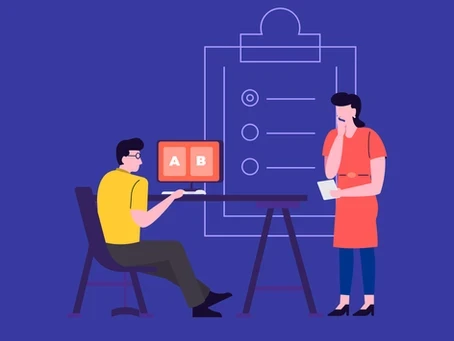
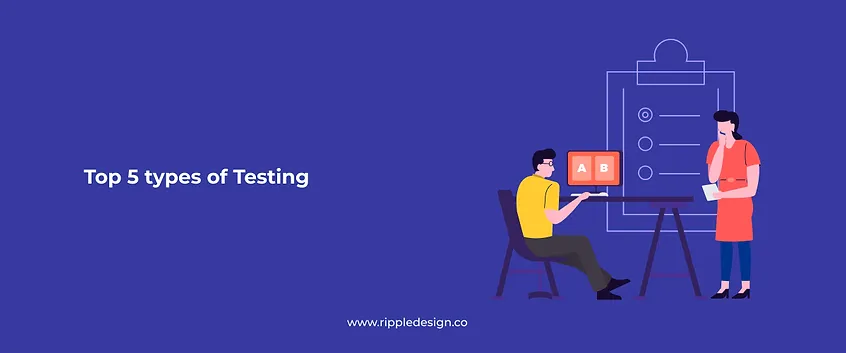
12 Aug 2024
•
5 Min ago
Top 5 types of testing
What are some of the most common user testing methods used in Design Thinking? So what methods can you use to test your prototypes?
Sunny Haladker
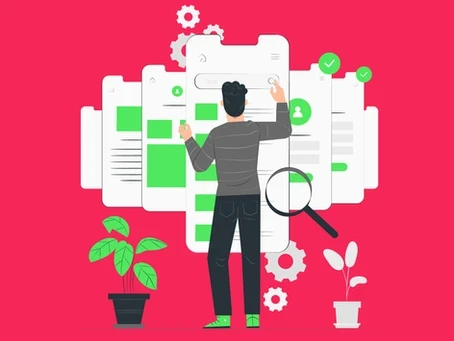
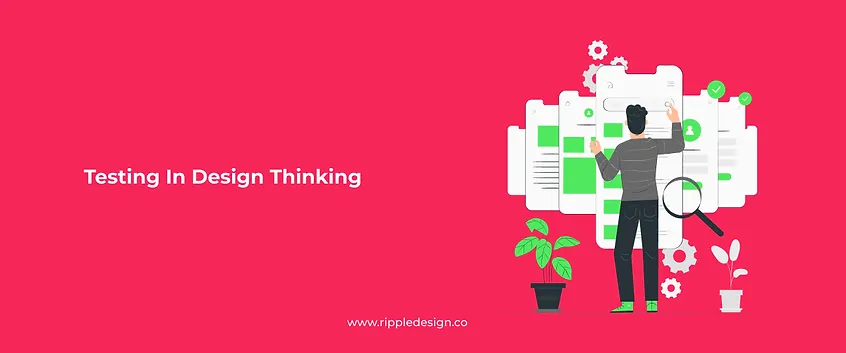
12 Aug 2024
•
5 Min ago
Testing in Design Thinking
The five stages of Design Thinking — Empathize, Define, Ideate, Prototype and Test — are not meant to be sequential steps to be taken as...
Sunny Haladker
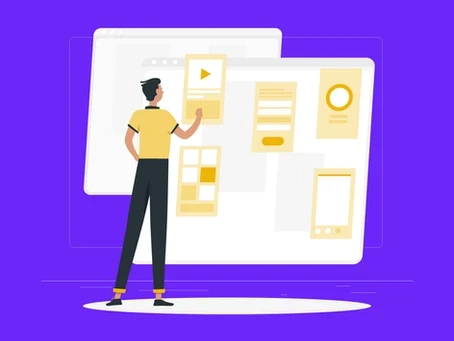
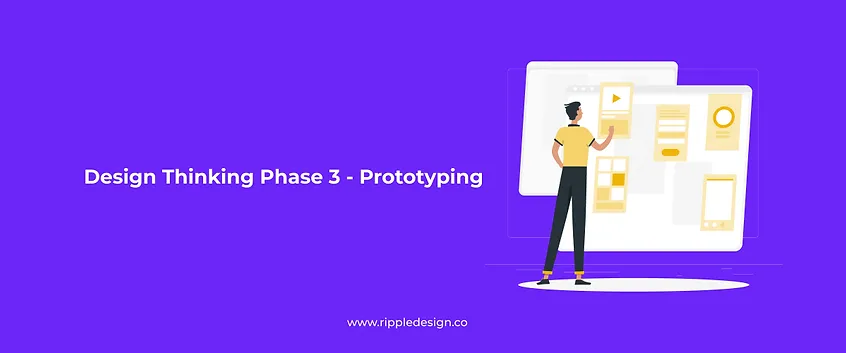
12 Aug 2024
•
5 Min ago
Design Thinking Phase 3 - Prototyping
Design thinking is a human centered, non linear iterative process that helps us understand our users or customers needs better, and...
Sunny Haladker


12 Aug 2024
•
5 Min ago
Top 5 types of testing
What are some of the most common user testing methods used in Design Thinking? So what methods can you use to test your prototypes?
Sunny Haladker


12 Aug 2024
•
5 Min ago
Testing in Design Thinking
The five stages of Design Thinking — Empathize, Define, Ideate, Prototype and Test — are not meant to be sequential steps to be taken as...
Sunny Haladker


12 Aug 2024
•
5 Min ago
Design Thinking Phase 3 - Prototyping
Design thinking is a human centered, non linear iterative process that helps us understand our users or customers needs better, and...
Sunny Haladker




12 Aug 2024
•
5 Min ago
Top 5 types of testing
Top 5 types of testing
What are some of the most common user testing methods used in Design Thinking? So what methods can you use to test your prototypes?
Sunny Haladker




12 Aug 2024
•
5 Min ago
Testing in Design Thinking
Testing in Design Thinking
The five stages of Design Thinking — Empathize, Define, Ideate, Prototype and Test — are not meant to be sequential steps to be taken as...
Sunny Haladker




12 Aug 2024
•
5 Min ago
Design Thinking Phase 3 - Prototyping
Design Thinking Phase 3 - Prototyping
Design thinking is a human centered, non linear iterative process that helps us understand our users or customers needs better, and...
Sunny Haladker


12 Aug 2024
•
5 Min ago
Top 5 types of testing
What are some of the most common user testing methods used in Design Thinking? So what methods can you use to test your prototypes?
Sunny Haladker


12 Aug 2024
•
5 Min ago
Testing in Design Thinking
The five stages of Design Thinking — Empathize, Define, Ideate, Prototype and Test — are not meant to be sequential steps to be taken as...
Sunny Haladker


12 Aug 2024
•
5 Min ago
Design Thinking Phase 3 - Prototyping
Design thinking is a human centered, non linear iterative process that helps us understand our users or customers needs better, and...
Sunny Haladker
More Blogs




12 Aug 2024
•
5 Min ago
Top 5 types of testing
What are some of the most common user testing methods used in Design Thinking? So what methods can you use to test your prototypes?
Sunny Haladker




12 Aug 2024
•
5 Min ago
Testing in Design Thinking
The five stages of Design Thinking — Empathize, Define, Ideate, Prototype and Test — are not meant to be sequential steps to be taken as...
Sunny Haladker




12 Aug 2024
•
5 Min ago
Design Thinking Phase 3 - Prototyping
Design thinking is a human centered, non linear iterative process that helps us understand our users or customers needs better, and...
Sunny Haladker